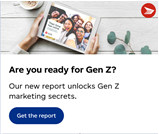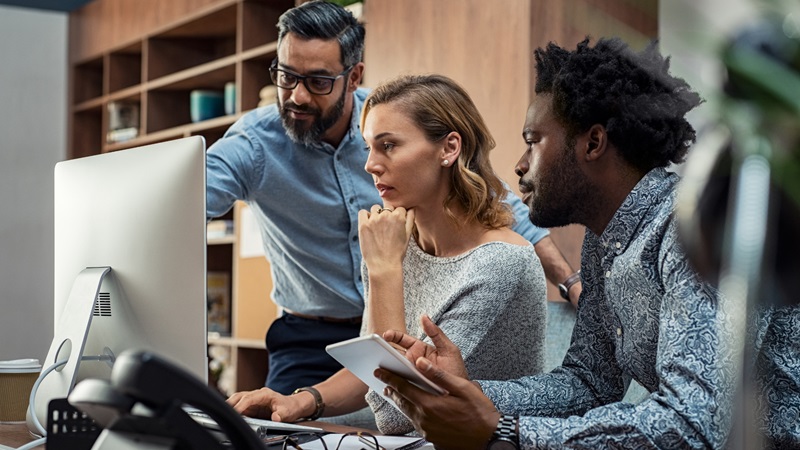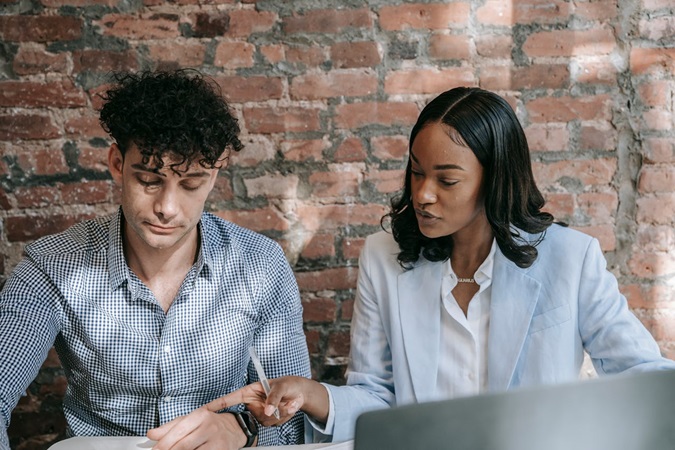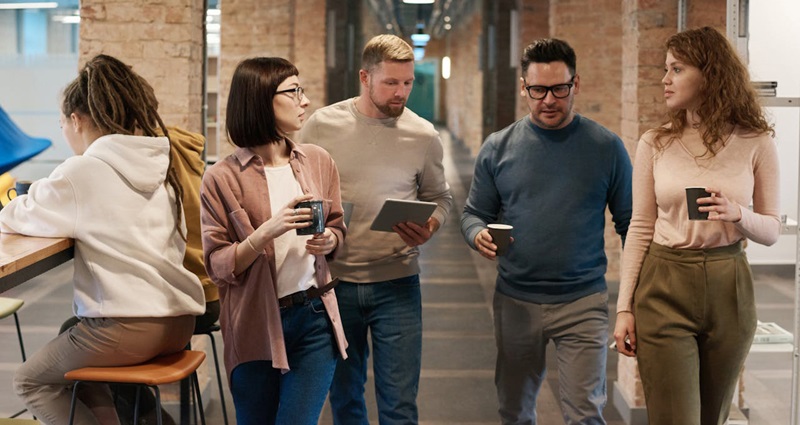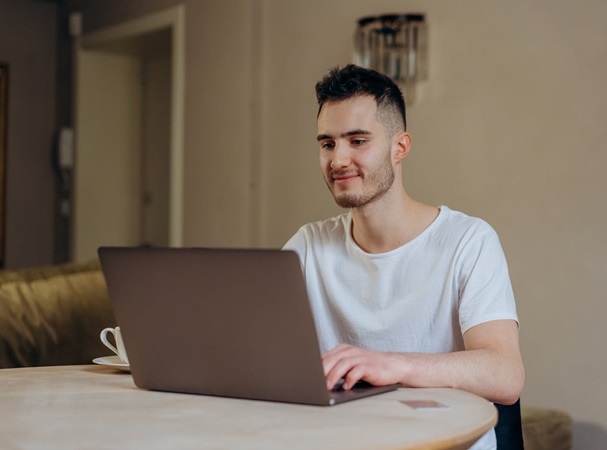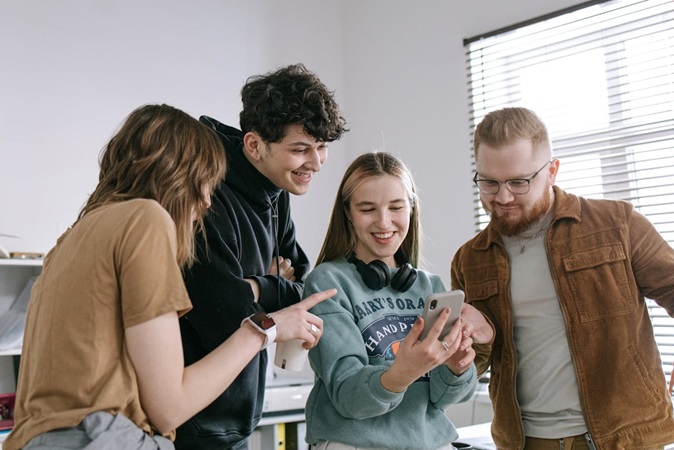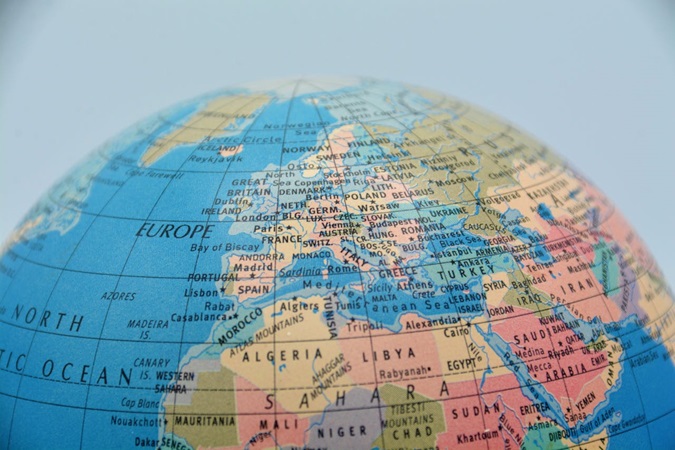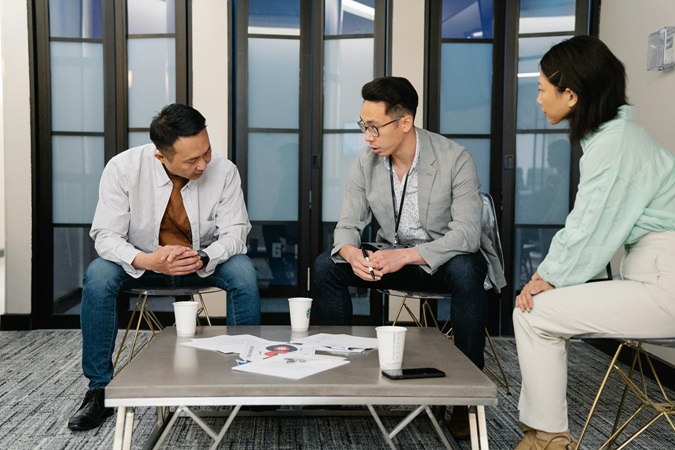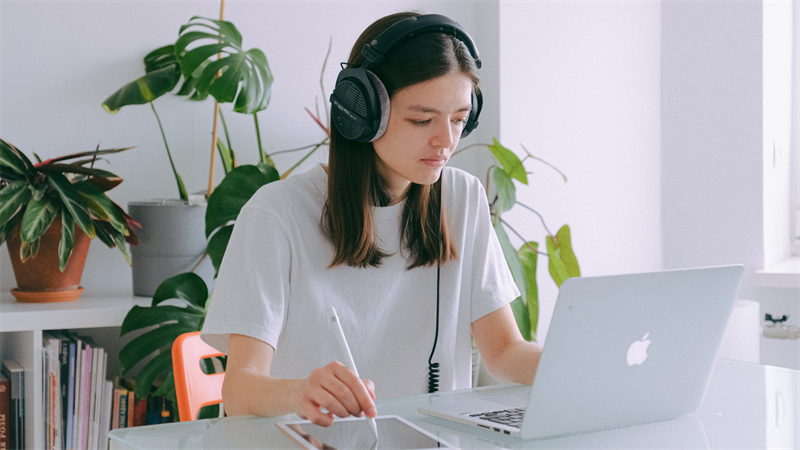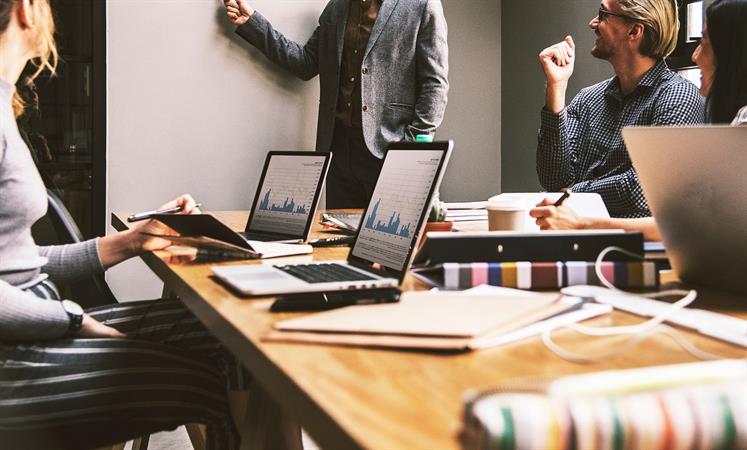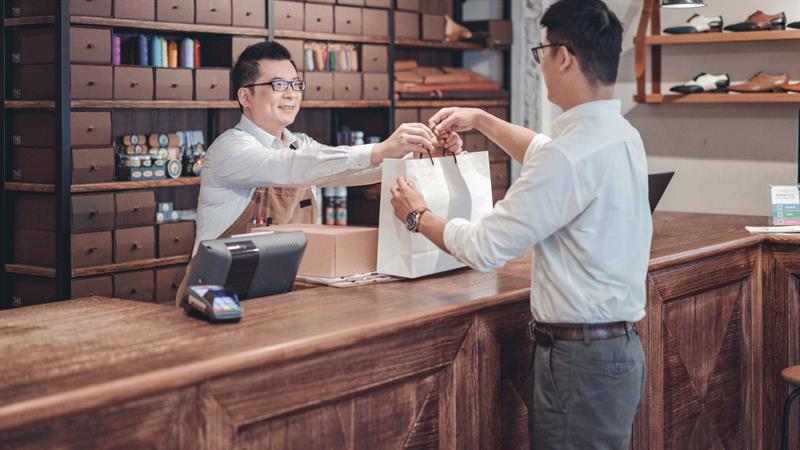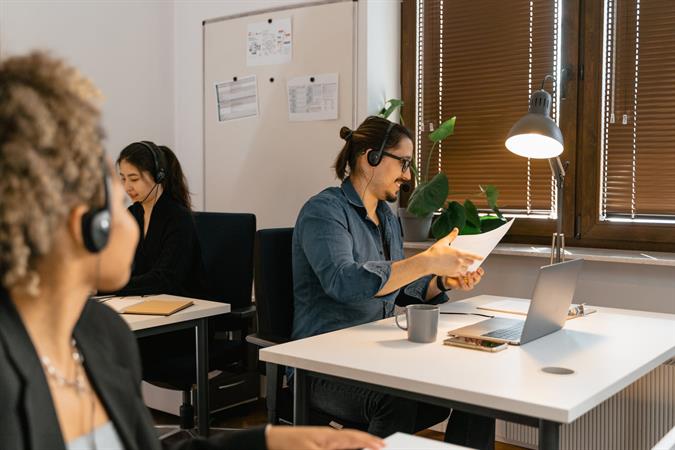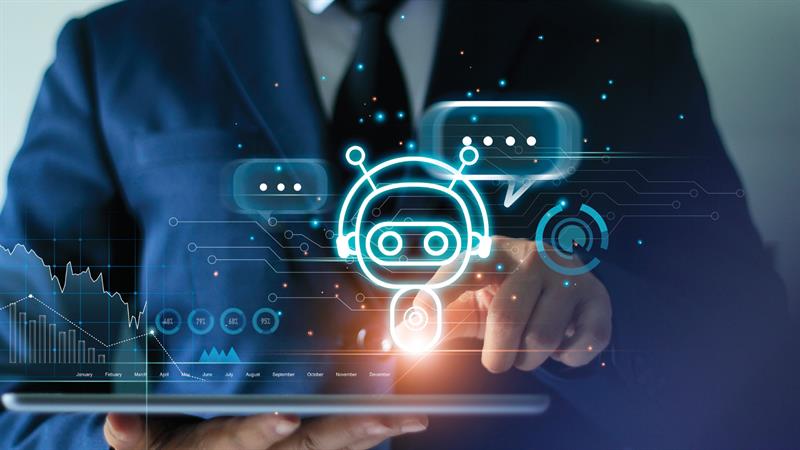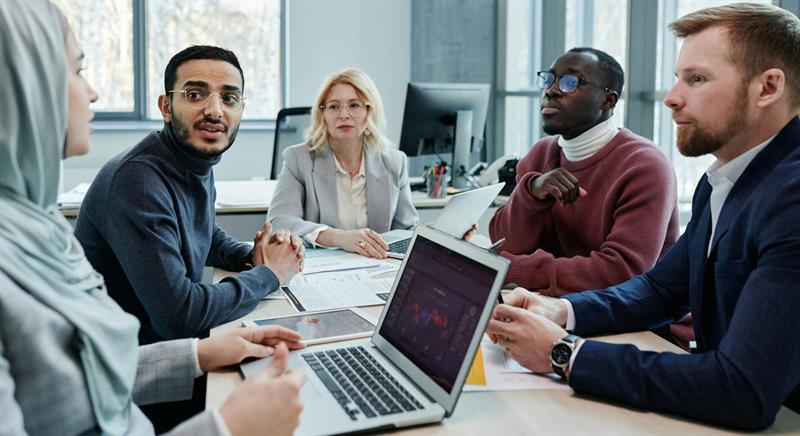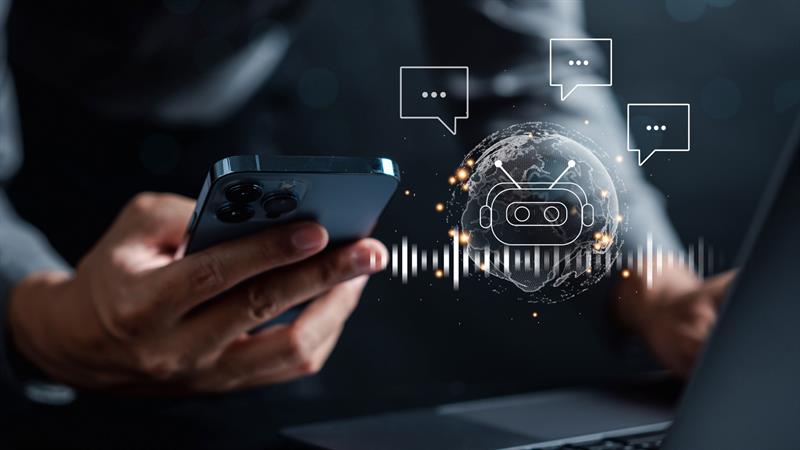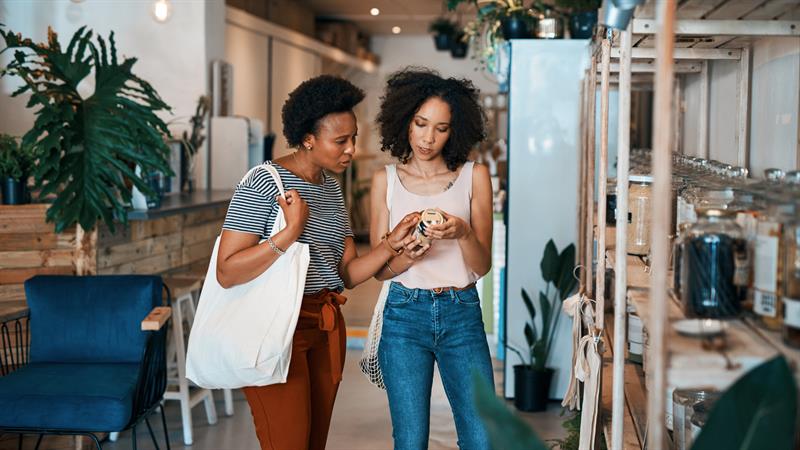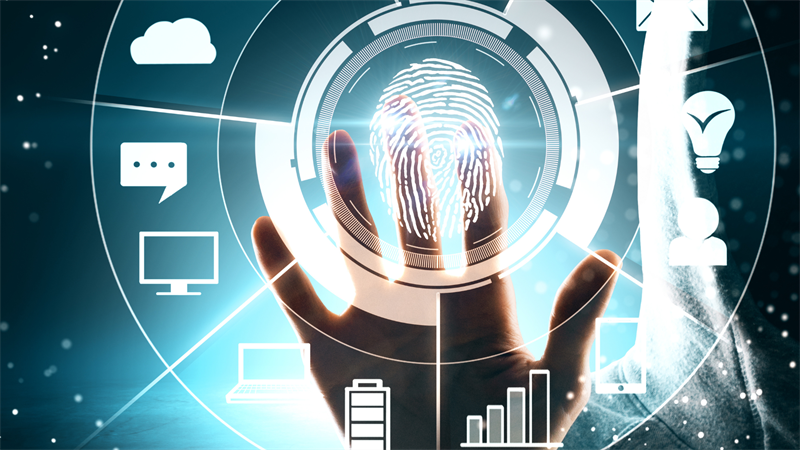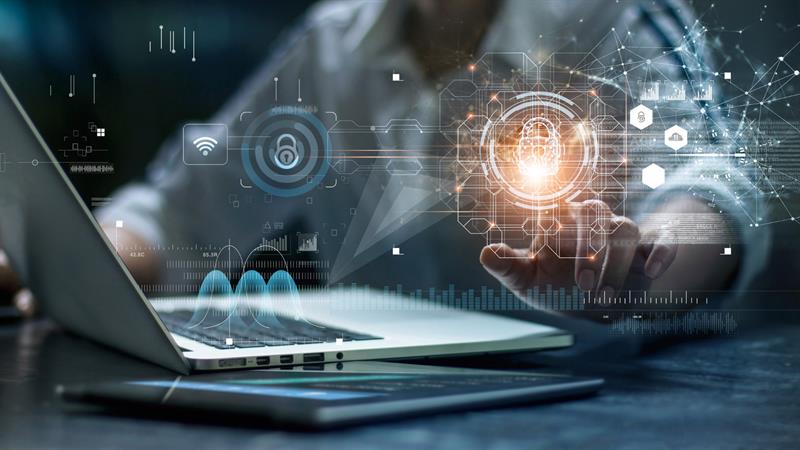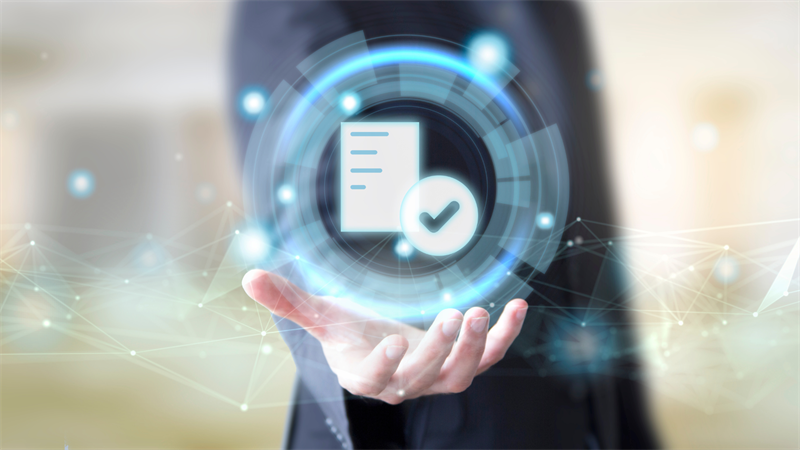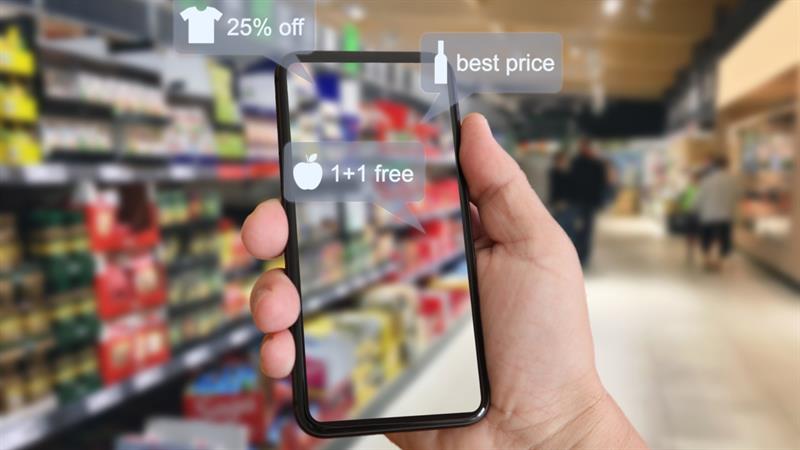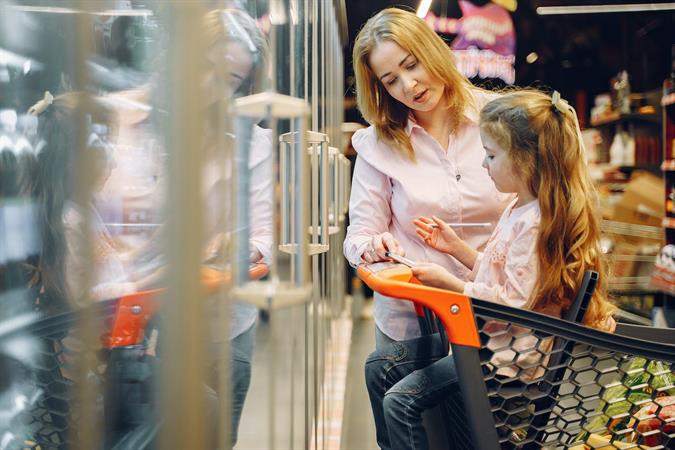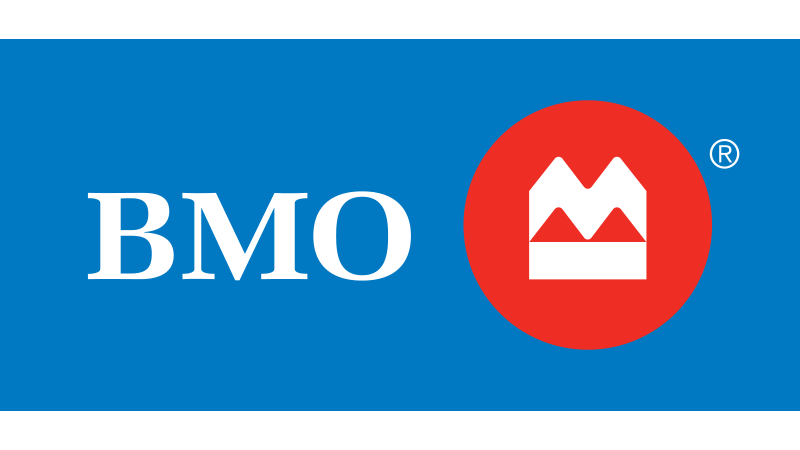Innovation through look-alike sampling
If you can take any comfort during this economic recession, it is in knowing this: You are not alone. Right at this very moment, all around the world, entrepreneurs just like you are asking themselves the same questions: how do I plan for the unknown, how do I survive with 25% of the customer base that I had before, how long can I stretch out my phantom savings account.
And just like you, entrepreneurs all over the world are innovating like never before. They are experimenting with new ways of increasing revenue and presenting their services, new “experiences” for customers and new ways of communicating that allow customers to feel safe about consuming their services.
As economies begin to open around the world, we are fortunate to witness the upside of “unprecedented”: An explosion of new ideas for appealing to consumers in the tightest market in modern history. So how can you quickly evaluate all these new innovations in this real-time, living lab of innovation to figure out which ones will work best for you? One of the latest innovations for doing this comes out of the AI world. It is called “lookalike audiences.”
Facebook debuted the lookalike audience feature on its advertising platform in 2013, and the technique has since been adopted by Google Ads, Outbrain, Linkedin, and others. While it was originally created and is still mostly used to upsell people on eCommerce sites (think of all those “people who bought X also bought Y” prompts), it actually has much broader applications for the marketing industry and is currently being used with brilliant results during the re-opening.
Now, a little primer on social media sampling: if you do it properly – something that has only been possible in the last few years – you can use it to very accurately determine what people in the general population are thinking, based on a group of “normal” people (not influencers!) that you pulled from social media. This means that you can predict even the behaviour of people who are not on social media based on this representative sample. Don’t confuse this with social media listening dashboards! This is a much more sophisticated research technique that allows you to do audience profiling, message attribution, and human behaviour prediction. This is university-grade research using scientifically constructed samples.
Let’s take, for example, a restaurant owner in Canada who is coming out of lockdown and is concerned about the revenue he will lose by only being able to open up to a quarter capacity. He used to use the allure of live sporting events to woo large groups of customers who want to watch games with the crowd and spend on high margin alcohol products. With different states in the U.S. opening under different rules and protocols under different pandemic conditions, and countries like New Zealand and Australia being significantly ahead of the infection curve, we can study techniques that have been tried successfully under many different conditions with audiences who behave very similarly.
By creating a number of lookalike samples, our entrepreneur will be able to adapt his strategies as the phases change, to determine which strategies have worked best with similar populations, giving him a leg up on the competition.
To ensure success, it is important to be comparing samples that are as identical as possible. Social media makes this possible by allowing us to go back in time to before the current crisis.
Fortunately, AI-friendly technology is available now that allows us to create randomized, controlled samples on social media. Even better, we can go backward in time with these samples and observe how opinions evolved among our test subjects. We are able to ensure that we are getting samples of people who were similar to our target market before the economy shut down and track how these twinned samples reacted as the pandemic and lockdowns unfolded. Then, we are able to observe how these “twins” from around the world reacted to the various marketing and sales strategies that have been employed. From a marketing perspective, or from a market research point of view, this is like inventing a time machine.
Knowing exactly what to say (or what not to say), how to present it, and where to publish it is extremely important when you are vying for a small, competitive market. In the AI world, algorithms are the engines that grind the plethora of information into meaningful conversations and allow entrepreneurs and data scientists to virtually predict the future in the same way computers predict weather patterns but with a twist: feed some data into an AI algorithm and it will predict a different outcome for each scenario you feed into it. In other words, you can tell your AI to predict your customer behaviour under different circumstances. Not long ago, this would have been considered science fiction.
Fortunately, sophisticated algorithms and highly efficient computer processing now enable entrepreneurs to quickly evaluate the different strategies that are playing out around the world and inform which ones will work best in any given market, with specific adaptations. This is possible (and affordable to small and medium-sized businesses) because of a variety of factors including, obviously, rapid developments in AI technology but also because of virtualized computing resources from Amazon, Google, and other “cloud computing” companies.
And let’s not forget social media. All those Facebook, Instagram, Tik Tok, and Twitter feeds are artifacts of our society captured in micro-moments of time.
People’s propensity to publish their thoughts creates a historical record of how opinions evolve over time and there are enough people doing this that we can build a scientifically valid representative sample of the general population. The notion of using a telephone poll or online-survey has become as quaint as using a telegraph to broadcast tweets.
The really innovative entrepreneurs are getting in on the game first not only to benefit their own business but to become experts in a new field that they can then market to others. Using Artificial Intelligence for market research is an art and it takes about a year of experience to get really good at it. Start now, learn through doing and then you can consult for others to show them how they can benefit as well.



